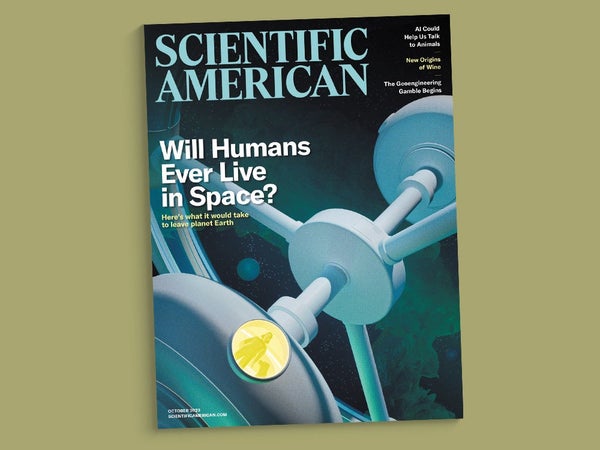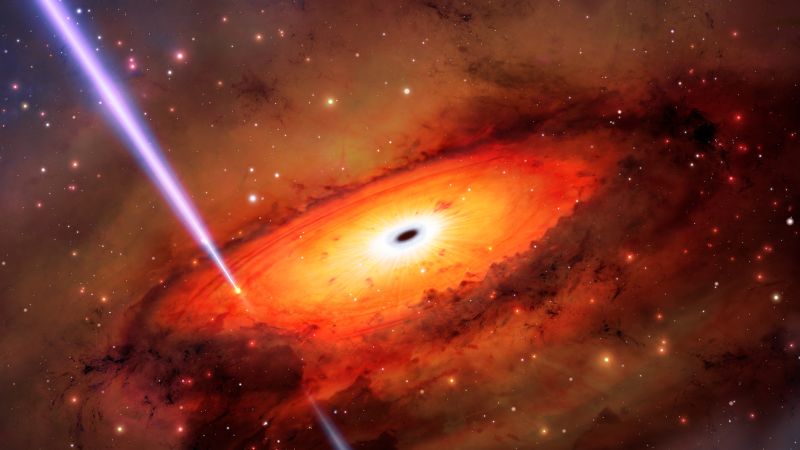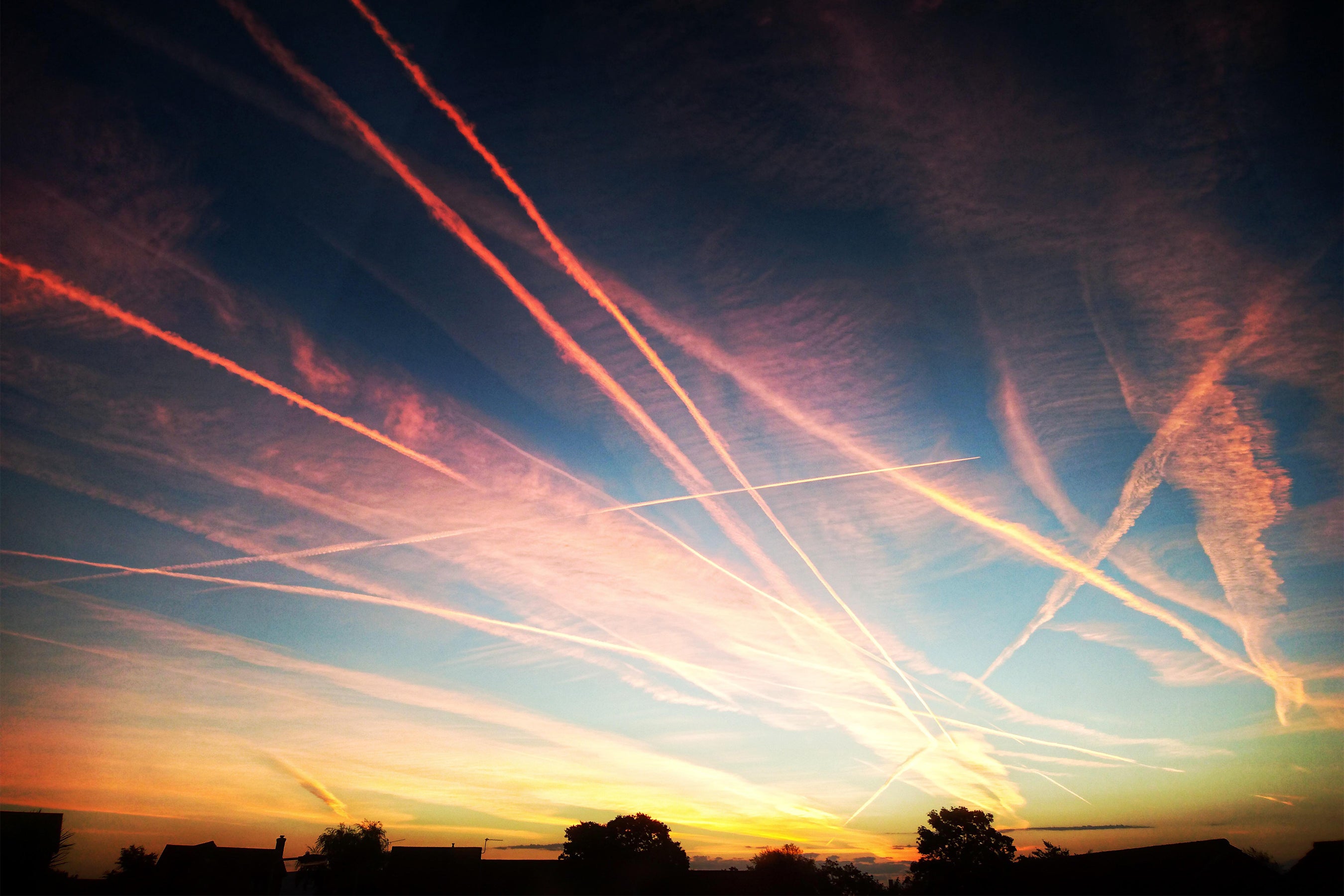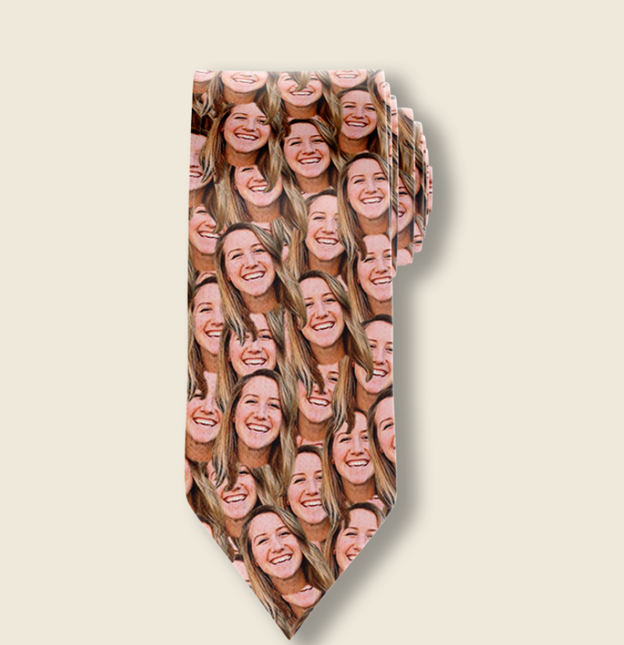February 1, 2024
5 min read
Letters to the editors for the October 2023 issue of Scientific American

Credit:
Scientific American, October 2023
RESIDENTIAL SPACE?
I was astounded by the challenges to leaving Earth detailed by Sarah Scoles in “Why We’ll Never Live in Space.” I could only conclude that we will never achieve this goal. But then I visualized someone witnessing the Wright Brothers” first flight at Kitty Hawk, N.C., in 1903. That witness was probably amazed that this vehicle did get off the ground and fly a short distance. At that time it probably seemed incomprehensible that someday we would fly routinely across every ocean and mountain range and fly at supersonic speeds and at altitudes above 70,000 feet.
And it would have seemed even more unlikely that we would launch humans into Earth orbit and land them on the moon—and return them safely. These challenges surely seemed insurmountable, but they weren’t. Despite this well-documented article, I’m very hesitant to believe that we will never live in space.
On supporting science journalism
If you’re enjoying this article, consider supporting our award-winning journalism by subscribing. By purchasing a subscription you are helping to ensure the future of impactful stories about the discoveries and ideas shaping our world today.
TOM SCHUPPE FOND DU LAC, WIS.
We have been fed a steady diet of science fiction and fantasy for such a long time that many of us now think fantastic technology and achievements are right around the corner. Scoles’s article brings much needed skepticism and critical thinking to the subject.
KEN SHARPE ATLANTA
Scoles’s article on future space travel noted prolonged microgravity’s damaging effect on humans. I was put in mind of space-fiction stories of the 1950s in which astronauts lived in a giant rotating wheel. I am wondering if this idea is being considered for future space exploration. Such a wheel could be set to produce 1 g of artificial gravity at the rim. Astronauts could live in such a space station in orbit around some planet of interest. There could be living accommodation plus working areas and offices situated in the rim, with further work areas with zero gravity at the hub. From such a space station, people could conduct robotic or possibly manned trips down to the planet surface. Most of the time they would be able to live in 1 g and avoid the problems of prolonged weightlessness.
TREVOR WATERS KENT, ENGLAND
SCOLES REPLIES: Regarding Waters’s suggestion: The idea that humans could artificially create the feeling (and physiology) of Earth’s gravity in space by using a spinning spaceship goes back decades in science fiction—and in the minds and plans of nonfictional scientists. It’s indeed possible to simulate our terrestrial pull that way. But right now the size, cost and design of a ship or station that could re-create our planet’s gravity are prohibitive. Will that be the case forever? Maybe not.
But whatever such a spacecraft might look like, it would not solve the small-gravity problem for places like Mars, where the lower g-force could continue to cause issues, and the solution would need to be different (even if it did involve spinning). When I spoke to scientists about the physiological difficulties of long-term space travel, “gravity” was a universal concern because we haven’t yet engineered our way out of the problem.
NO NOBELS
In “Nobel Oblige” [Observatory], Naomi Oreskes argues that crystallographer Rosalind Franklin should receive a posthumous Nobel Prize for her role in the discovery of DNA.
You can add another name to the list of women who got shafted out of recognition: the late neuroscientist Candace Pert, who discovered the brain’s opiate receptor. She was working in Solomon Snyder’s laboratory, so he got an Albert Lasker Basic Medical Research Award for the finding, and she got the snub.
CHARLES LARRY PEARCE VIA E-MAIL
While Oreskes makes a great case, it would be best to ignore such adulation as the Nobel Prize. It is the responsibility of magazines and newspapers to publicize inequality and inequities. There’s no need to amplify the role of some award as a barometer for true achievements.
VASU GANTI BERKELEY, CALIF.
GEOENGINEERING RISK
In “A Stratospheric Gamble,” Douglas Fox discusses proposals to put sulfur dioxide (SO2) into the atmosphere to mitigate global warming caused by carbon dioxide. As the article notes, chemical reactions with SO2 result in sulfuric acid (H2SO4). This can become acid rain, which kills the forests that take CO2 from the atmosphere. The article made no mention of this potential unintended ecological consequence. There was great effort to stop sulfur pollution in the second half of the 20th century.
BUFF LEVINE RENO, NEV.
Fox provides an important review of the issues and likelihood of distributing sulfur dioxide into the stratosphere in an attempt to partially reflect solar radiation back into space to cool the planet (or portions of it) while humanity reduces emissions of heat-trapping gases. Among some points in the article that, in my opinion, deserve more emphasis is the fact that the approach that is best-studied and closest to deployment would depend on developing aircraft that can fly in the thin air of the stratosphere to deliver the sulfur dioxide. The embodied energy for building a fleet of such specially engineered planes is almost certain to add to carbon emissions. So while preparing to undertake this feat of geoengineering, we will be making matters worse, increasing the odds of reaching one or more tipping points of climate chaos before we get started. And it seems improbable that we will develop fuels for these aircraft that will not also contribute to carbon emissions.
DAN HEMENWAY MONTPELIER, VT.
Engineering the skies really does seem like a huge gamble, with the prospect of many foreseen, and perhaps unforeseen, consequences. A safer alternative might be to launch a rocket to a Lagrange point between us and the sun, where a cloud of reflective dust could be released.
CHARLES GOODWIN DUNEDIN, NEW ZEALAND
ERRATA
“Wine’s True Origins,” by Mark Fischetti and Francesco Franchi, incorrectly described the wines burgundy, rioja and barolo as varietals.
“Modernizing Nuclear Weapons Is Dangerous,” by the Editors [Science Agenda; December 2023], should have said that the so-called nuclear sponging mapped in “Sacrifice Zones,” by Sébastien Philippe, would kill up to several million from radiation exposure, not 90 million in the first two hours. The latter figure regards a 2019 estimate of the number of people killed within the first few hours of a nuclear war between Russia and the U.S.
In “The COVID Baby Bump,” by Tanya Lewis and Amanda Montañez [Graphic Science; December 2023], the graphic representing “Mothers Born Outside the U.S.” left out data for September 2020.
The corrected illustration can be seen at https://www.scientificamerican.com/article/covid-caused-a-baby-bump-when-experts-expected-a-drop-heres-why
Note: This article have been indexed to our site. We do not claim legitimacy, ownership or copyright of any of the content above. To see the article at original source Click Here













